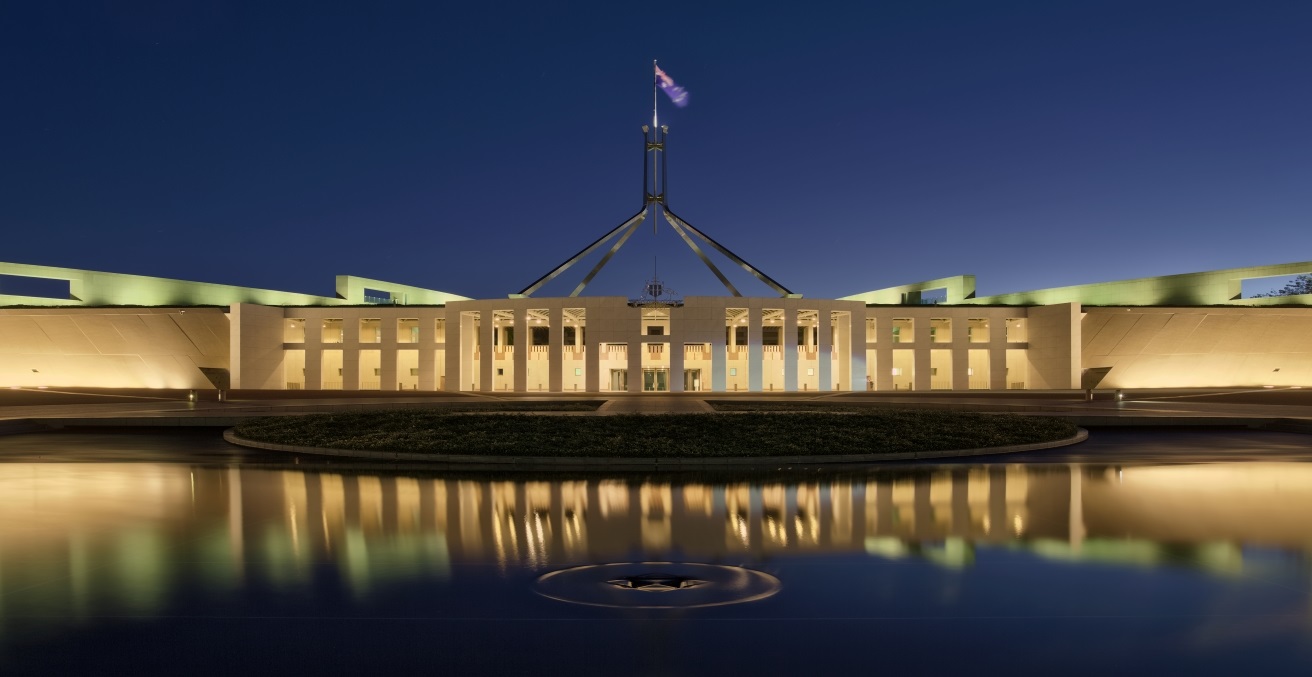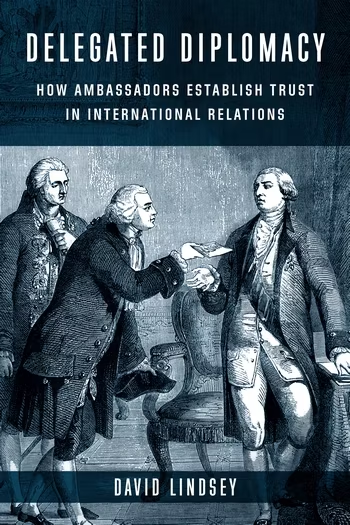Nordic and Northern European countries perform best worldwide in a survey of 31 global indexes across political, social, economic, and security indicators. They mostly rank ahead of Australia and other “Anglosphere” countries while the US lags, badly.
Europe Day on 9 May marks the 75th anniversary of the Schuman Declaration, which set the scene for closer integration on the continent, building new institutions of cooperation aimed at averting a return to the catastrophic conflict of the Second World War, which had ended in Europe five years earlier.
Recently, cracks in European self-confidence have emerged over pushes to exit the European Union and the rise of far-right parties and convulsions over immigration. Leaders elsewhere, including Australia and the United States, are quicker to claim their country is the best or greatest, albeit interspersed in the US with jeremiads of decline or “carnage.” But what does the data say about how the Europeans are faring as individual countries?
To get a broad sense of where Europe, Australia, and others rate overall, I consulted a wide range of global indexes ranking countries by various measures of wellbeing. The results are consolidated into 31 indexes (listed here along with the top five ranked countries in each) covering the following broad areas: 1) general prosperity and material well-being, 2) governance and political rights, 3) health, 4) education and science, 5) equality and social mobility, and 6) security, safety, and the environment.
I focused on capturing outcomes that reflect individual and community wellbeing, not ratings of national influence, power, attractiveness for business, or “liveability” factors like culture, leisure or climate. This does not pretend to be a scholarly statistical analysis, just food for thought and discussion. The number of countries covered varies significantly across the different indexes, and which indexes to include and what weight to give them is contestable.
Table 1 shows the 33 countries with the best median rankings across all 31 indexes, as well as China and Russia. Median rankings give a rough sense of how well countries perform across the board, although they can’t be treated too definitively. The mean (average) rankings are also shown. While they mostly track closely with the median rankings, for some countries the averages are much lower, notably the US, Singapore, and the United Arab Emirates, because they have very low rankings in a number of categories
Top of the class: Nordic and Northern European countries
Despite gloom about some trends in Europe, it will be no surprise to many that Scandinavian and Northern European countries do very well in many categories, especially Norway, Denmark, Sweden, Finland, Switzerland, and Iceland. At least three of these countries ranked in the top five in all six governance indexes; in all five general prosperity indexes; in the gender equality and social mobility indexes; and did very well in incomes and education.
TABLE 1: Median ranking on 31 global indexes – leading countries

Norway and Sweden both scored a median rank of fifth across the 31 indexes (they placed higher than or equal to fifth in at least 16 indexes). Denmark and Finland had median rankings of sixth, and Iceland tenth. Norway ranked in the top ten in all but four indexes.
The median rankings of other Northern European countries were close behind—Switzerland (sixth), Netherlands (ninth), Ireland (tenth), Luxembourg (11th), Germany (13th), Belgium (16th) and Austria (19th).
Some EU members, once part of the Soviet bloc or the former Yugoslavia, have made healthy progress over the last three decades. Estonia, Czechia, and Slovenia with median rankings of 24 are now on par with France and Spain. They show healthy results on governance, education, and equality. Estonia ranks second on the latest Press Freedom Index. Like Ireland, which now features in the top ten in 17 of the 31 indexes, these countries have all benefitted from EU membership. As have Lithuania, Latvia, and Poland, which sit just behind the US on median ranking, but surpass it on average ranking.
Good but can do better: Australia, non-US Anglosphere, and Asian leaders
Australia (median ranking of 15th), Canada (16th), New Zealand (18th) and the UK (20th) as a group sit behind the Northern Europeans. Australia places in the tenth-20th bracket in 18 of 31 indexes. This sounds respectable, but we haven’t kept pace with the northern Europeans in several categories in recent decades.
Australia has the twelfth highest overall median ranking. Its best results are in health and education. For instance, it is fifth in life expectancy, third on one index of Health Care Systems, and ninth on both the UNDP and U21 indexes of education and higher education systems. These outcomes help put Australia at seventh on the latest HDI (down from third in 2000).
The indexes on which Australia lags most glaringly are income inequality (76th) and press freedom (29th). Reporters Without Borders marks Australia down for a high concentration of media ownership and laws on national security and data encryption. Nor did we place in the top ten in any of the other five democracy and governance indexes.
By contrast, our Kiwi cousins shine on several of the latter, ranking second on the EIU Democracy Index, third on Freedom House’s Freedom in the World Index, and fourth on the Corruption Perceptions index.
The highest median for any non-European country is Singapore (12th): Singapore does very well on security, effective governance, health and education, featuring in the top five in twelve indexes, but poorly on democracy and freedom. On the latter rankings it averages 147th place.
Japan (16th) sits alongside Australia and Canada on median scores, with its best outcomes being in health, education, and security. Taiwan as a separate jurisdiction scores fairly well overall, with a median ranking of 24th, in contrast to the People’s Republic of China’s average rank of 65. China can point to progress in non-political indexes, notably innovation, education, and health. It has moved from 118th of 140 countries on the HDI in 1990 to 75th of 191 states in 2024. Russia, meanwhile, has regressed from 33rd on the HDI in 1991 to 56th in 2024.
Bottom of the rich list: United States
The poor rankings of the US across many categories underline an American “negative exceptionalism” in several areas. The US’s median score is 28. It lags most OECD countries on indexes of freedom (55th), democracy (29th) press freedom (57th) and corruption (28th), and will inevitably plummet further on these thanks to the Trump administration’s early actions.
The only categories in which the country’s “light on the hill” still shines bright are higher education (first), innovation (third), median income (fifth) and per capita Gross National Income (eighth). In some categories it ranks alongside the worst performers—income inequality (131), homicides (130), and traffic deaths (115). As a result, the US’s average ranking was 40.
Conclusion
The median rankings across 31 indexes corroborate the findings of the four composite indexes of general wellbeing that were included, and also encompass a wide range of indicators.
Norway, Denmark, Sweden, Finland, and Switzerland dominate the top five places on these four composite indexes—only three of these 20 top five places are occupied by other countries, and one of those is Iceland (now first on the latest HDI). The World Happiness Report, which measures people’s reported satisfaction with their life conditions, mirrors this pattern: the Nordics and the Netherlands occupy six of the top seven positions (Australia sits tenth).
The strength of European countries in governance and other categories underlines the significance they hold for Australia at a time when the US is regressing from support for democratic values and norms of international law. Moreover, the EU as a bloc is our third largest trading partner and largest source of foreign investment.
The success of its leading nations in promoting their citizens’ wellbeing buttresses the credibility of the liberal democratic model, which has been challenged in parts of the Global South. And no doubt there are lessons for all in how they have combined high levels of democracy and freedom with wealth, health, education, strong public services, social mobility and gender equality.
An appendix for the indixes can be found here.
Jon Richardson is a Visiting Fellow at the ANU Centre for European Studies. He is a former diplomat who served in Eastern Europe, the UK and Africa, where he headed Australian missions. He also led projects in DFAT’s Trade Analysis Branch. He has written widely on the Russia-Ukraine war.
This article was produced with the valuable support of Arthur Simonet, an intern with the Centre for European Studies under the ANU’s Australian National Intern Program.




